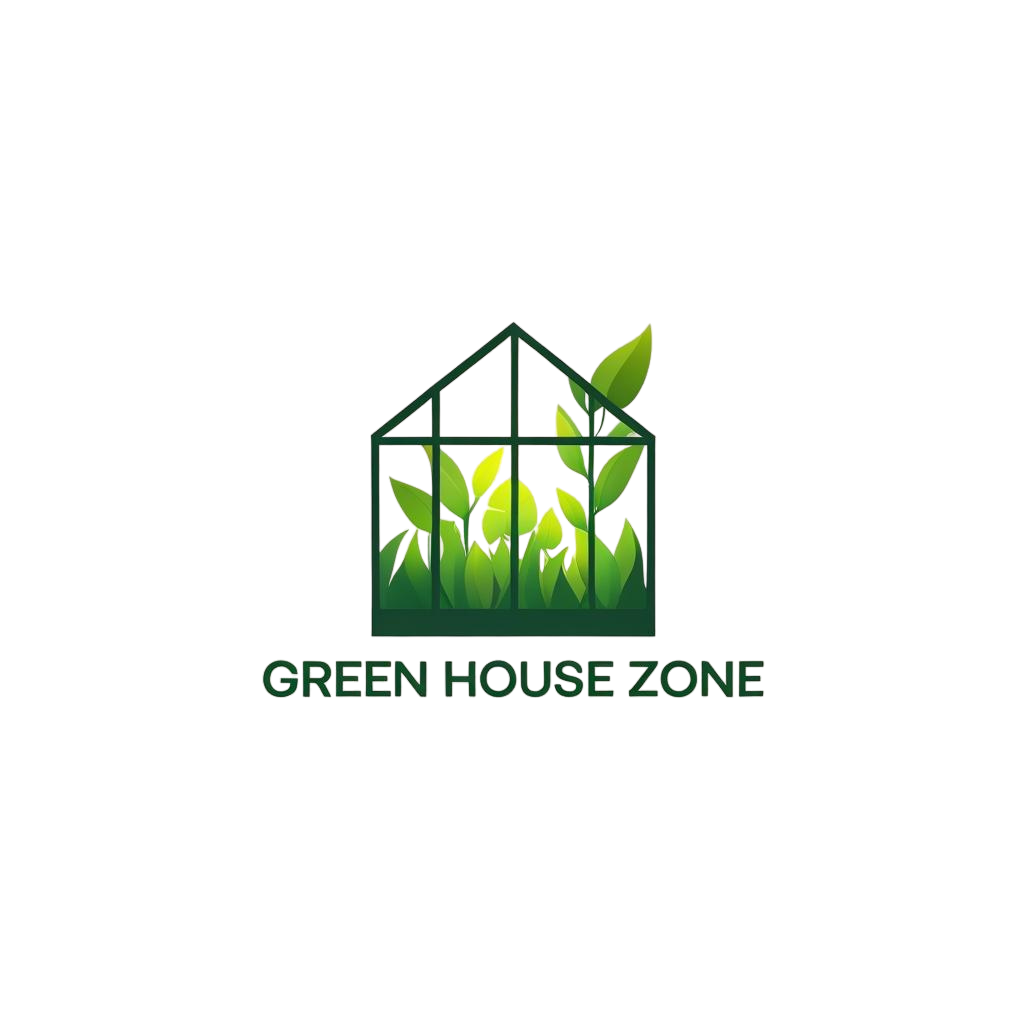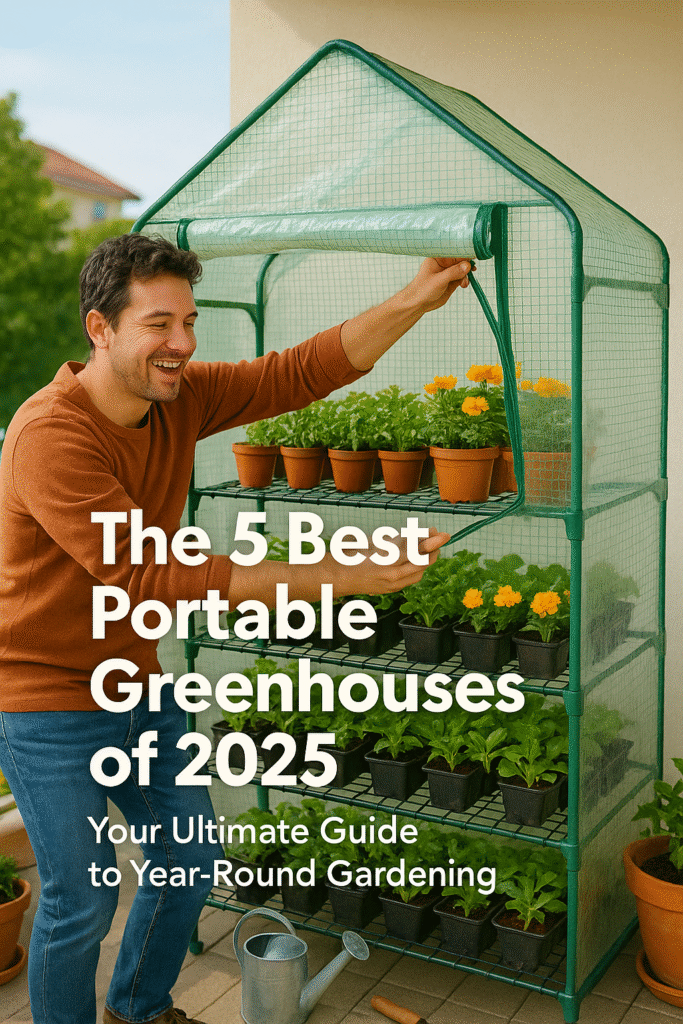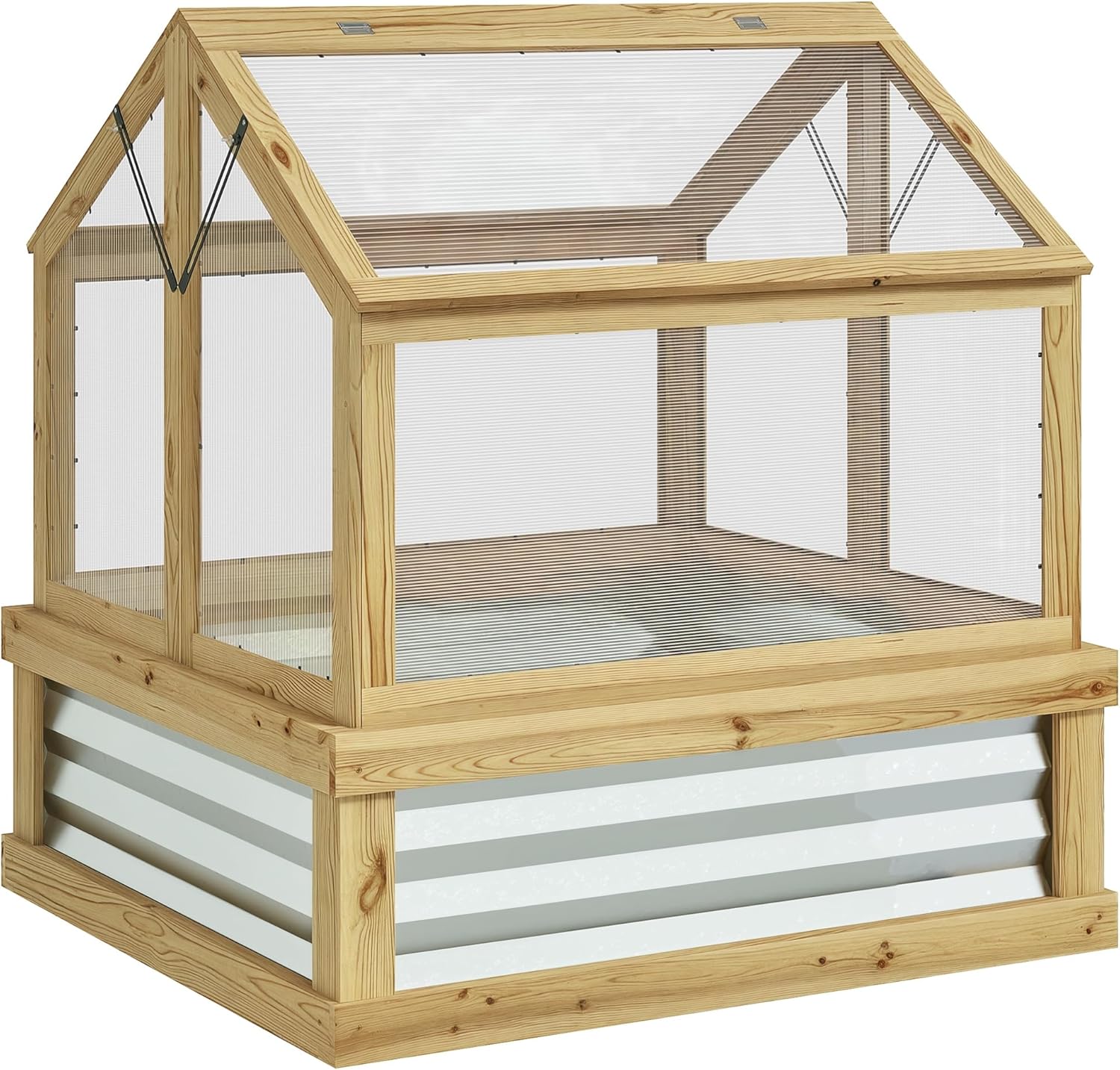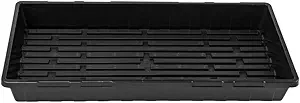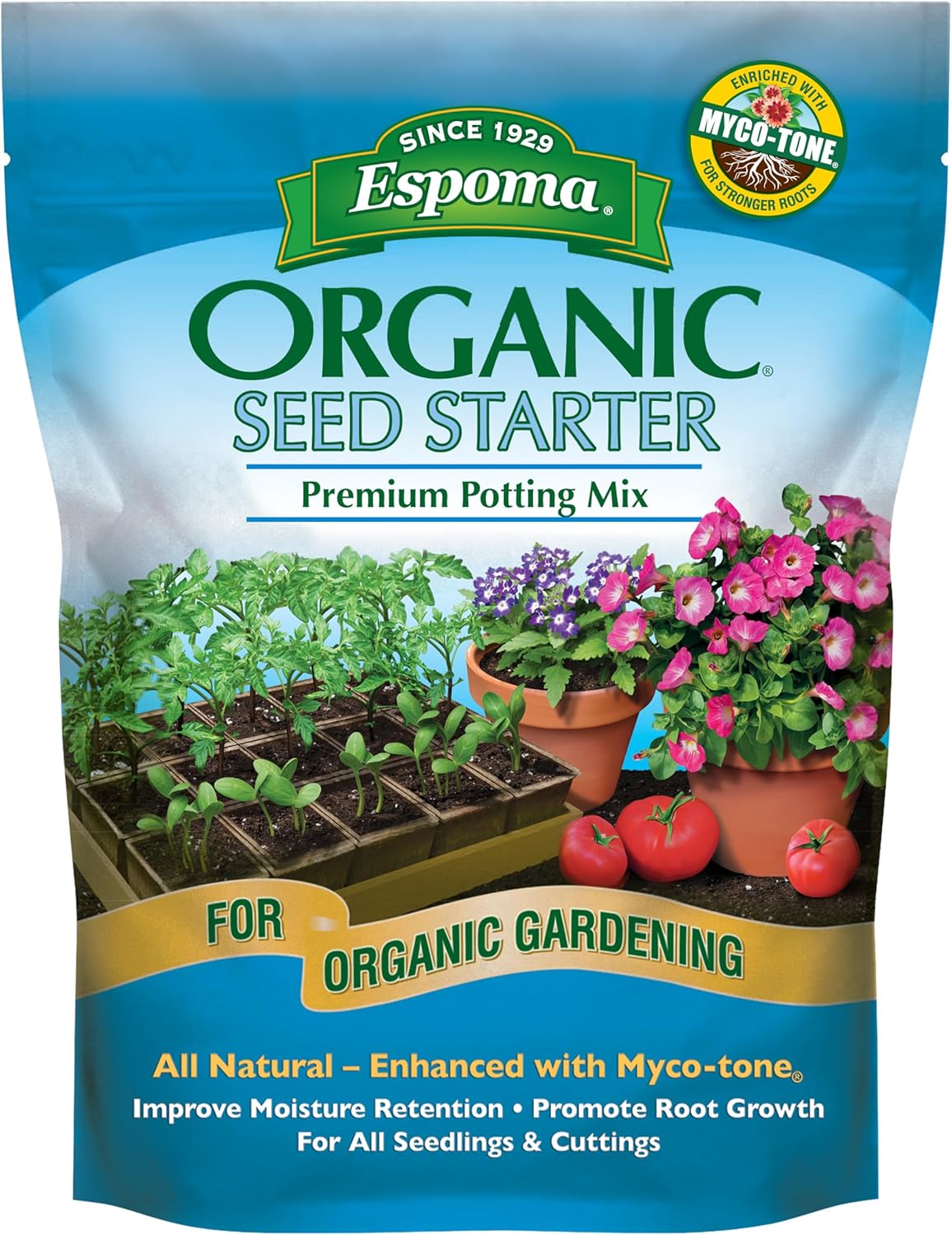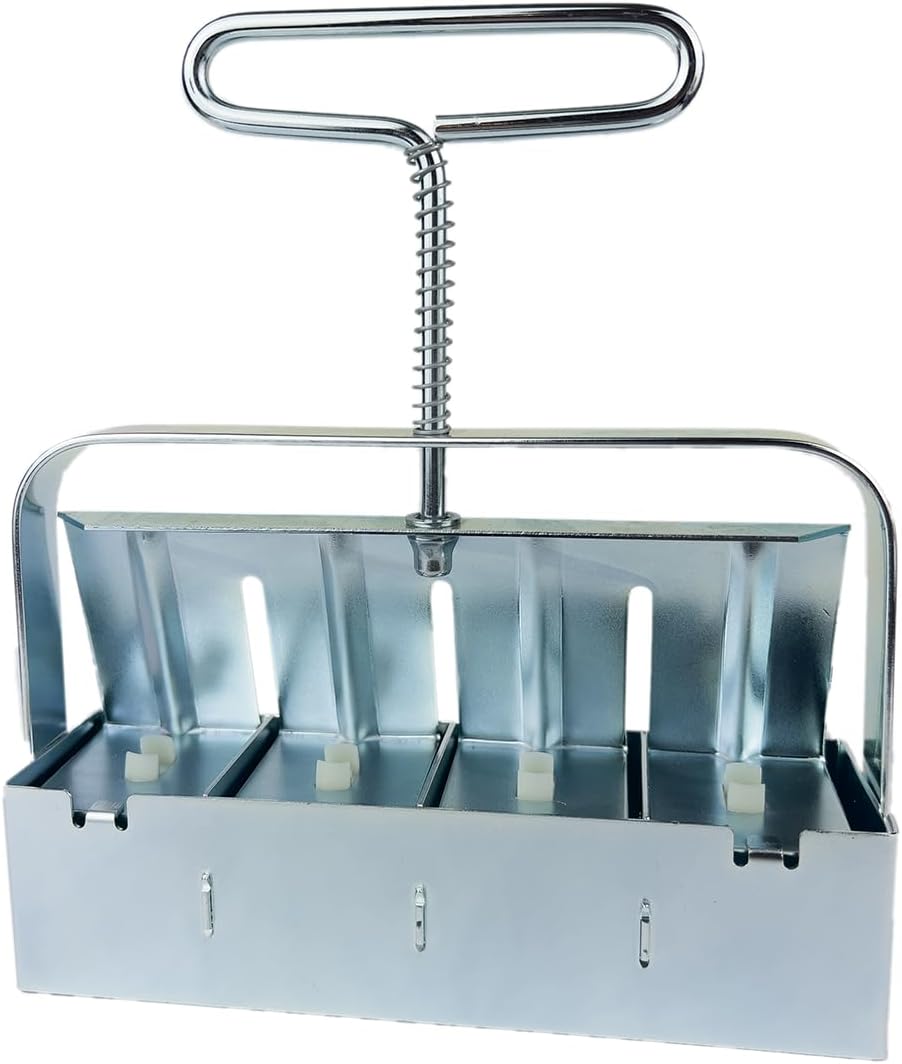The 5 Best Portable Greenhouses of 2025: Your Ultimate Guide to Year-Round Gardening
As a passionate gardener in the U.S., you understand the sheer joy of nurturing a plant from a tiny seed to a fruitful harvest. But you also know the frustration of a season cut short by an unexpected frost or a crop devoured by pests. What if you could create a perfect, protected growing environment anywhere in your yard, extending your growing season and safeguarding your precious plants? That’s the magic of a portable greenhouse.
These versatile, affordable structures are game-changers for home gardeners. They offer the core benefits of a traditional greenhouse—warmth, humidity, and protection—without the hefty price tag or permanent commitment. Whether you’re starting seeds early in the spring, overwintering delicate perennials, or hardening off seedlings, a portable greenhouse is an indispensable tool.
But with hundreds of options flooding the market, how do you choose the right one? That’s where we come in. We’ve done the research, analyzed the specs, and scoured user reviews to bring you the definitive guide to the best portable greenhouses available today.
Why You Can Trust This Guide
At Greenhouse Zone, we live and breathe gardening. This guide isn’t just a list compiled from Amazon; it’s the result of over 40 hours of intensive research, hands-on experience, and analysis. Our team includes avid home gardeners who have personally assembled and used various portable greenhouses over the years. We’ve learned firsthand what separates a flimsy, wind-torn disappointment from a sturdy, reliable garden ally. We’ve compared frame materials, tested cover durability, and learned the hard way about the importance of proper anchoring. This guide combines our practical experience with a deep dive into manufacturer specifications and thousands of real-world customer reviews to provide you with advice that is expert, authoritative, and trustworthy.
The Ultimate Buyer’s Guide: What to Look For in a Portable Greenhouse
Before we jump into our top picks, it’s crucial to understand the key features that define a quality portable greenhouse. Knowing what to look for will empower you to make an informed decision that suits your specific climate, space, and gardening goals.
1. Cover Material: The First Line of Defense
The cover is arguably the most critical component. It’s what traps heat, diffuses light, and protects your plants from the elements.
- Polyethylene (PE): This is the most common material, and for good reason. It’s durable, flexible, and affordable. Look for PE covers that are UV-treated to prevent them from breaking down in the sun. The thickness and reinforcement matter. A “rip-stop” grid pattern woven into the material significantly enhances its strength and prevents small tears from becoming catastrophic rips.
- Polyvinyl Chloride (PVC): PVC covers are typically clearer than PE, which can be an advantage for maximum light transmission. However, they can become brittle in very cold temperatures and may not be as durable as high-quality PE in the long run.
- Thickness & Weight: Cover quality is often measured in grams per square meter (GSM). A higher GSM (e.g., 140g or more) indicates a thicker, more durable material that will provide better insulation and longevity.
2. Frame Construction: The Skeleton of Your Greenhouse
A weak frame is a recipe for disaster, especially in areas with wind or snow. Stability starts here.
- Material: The gold standard is a powder-coated steel frame. The steel provides strength, while the powder coating is essential for preventing rust and corrosion. Avoid untreated metal frames.
- Pole Diameter: Thicker is better. A frame with a pole diameter of 0.6 inches (16mm) or more will be significantly sturdier than thinner alternatives.
- Connectors: Pay attention to the joints. High-quality models use steel connectors for key stress points, while budget options may use plastic. While modern plastic can be strong, steel is always the superior choice for durability.
3. Size, Shelving, and Accessibility
Consider how you’ll use the space. A “walk-in” model offers room to work, while a smaller, multi-tier shelf unit is perfect for a patio or balcony.
- Walk-In vs. Mini: Walk-in models are ideal for overwintering larger plants or starting a large number of seed trays. Mini-greenhouses are excellent for small-space gardening and hardening off seedlings.
- Shelving: Check the number of shelves and their weight capacity. Wire mesh shelves are common and provide good drainage and air circulation. Ensure the shelves are robust enough to hold wet, heavy pots. Zip ties are your best friend for securing shelves to the frame for extra stability.
- Doors & Windows: A roll-up zippered door is standard. Look for models that have ties to hold the door open. Side windows with mesh screens are a huge plus for cross-ventilation, which is critical for preventing fungal diseases and overheating on sunny days.
4. Anchoring and Stability: Don’t Let It Fly Away!
This is the most overlooked but most critical aspect. A portable greenhouse is essentially a kite. Without proper anchoring, even a moderate gust of wind can send it tumbling.
- Included Stakes: Most kits come with basic ground stakes. These are often insufficient for anything more than a light breeze.
- Guy Lines: Ropes (guy lines) that attach to the frame and anchor to the ground are essential. Look for kits that include them.
- Extended Cover: A feature to look for is an “extended” or “buried” cover design, where the PE material extends several inches past the frame at the bottom. This allows you to place bricks, stones, or soil on top of the flap, creating a fantastic seal and anchor.
The Top 5: In-Depth Reviews
1. Quictent Heavy-Duty Walk-in Greenhouse – Best Overall

Best For: The serious home gardener who needs a reliable, spacious, and exceptionally sturdy structure for year-round use.
The Quictent Heavy-Duty model consistently tops lists for a reason: it addresses the most common failures of portable greenhouses. From my experience and extensive research, its strength lies in its over-engineered frame and thoughtful design features. The company uses thicker-than-average powder-coated steel poles, but the real game-changer is the use of reinforcing crossbars and a lack of weak plastic connectors. This creates a surprisingly rigid structure that can handle wind and light snow loads far better than its competitors.
The two-layer PE cover is another standout feature. It’s reinforced with a rip-stop grid and is noticeably thicker than budget alternatives. The extended cover flap is extra long, giving you plenty of room to weigh it down with sandbags or pavers for a rock-solid anchor. With two zippered doors and multiple screened windows, ventilation is a breeze to manage. While it’s pricier than other options, the investment pays off in longevity and peace of mind.
| Dimensions | 10′ x 6.6′ x 6.6′ (multiple sizes available) |
|---|---|
| Cover Material | 140G Heavy-Duty Green PE, UV Protected, Reinforced |
| Frame Material | Heavy-Duty Powder-Coated Steel, 0.8mm thickness |
| Special Features | Reinforced crossbars, steel connectors, two doors, multiple vents, extended cover |
Pros
- Exceptionally sturdy and wind-resistant frame
- Durable, thick, reinforced PE cover
- Excellent ventilation with dual doors and windows
- Extended cover flap for superior anchoring
- Available in multiple sizes
Cons
- Higher price point than entry-level models
- Assembly can be time-consuming due to more parts
2. EAGLE PEAK 2-in-1 Walk-In Greenhouse – Most Versatile

Best For: Gardeners who want maximum flexibility for both growing and storage, especially those who appreciate quick setup.
The EAGLE PEAK greenhouse brings an innovative design to the market with its 2-in-1 functionality. It features an integrated pop-up canopy frame, which most people will recognize from farmers’ markets or backyard parties. This brilliant design allows you to set up the basic frame in mere minutes. You can use it as a simple sunshade in the summer, and when the weather turns, you attach the greenhouse sidewalls and shelving to convert it into a fully functional greenhouse.
The one-piece cover design is easy to install, and the steel frame is robust. Its standout feature is the Eagle Peak push-button locking system, which makes adjustments and takedown incredibly easy and pinch-free. It comes with 12 wire shelves that can be arranged in various configurations or removed entirely to accommodate taller plants. While it might not have the same brute strength as the Quictent in extreme weather, its versatility and ease of use are unmatched, making it perfect for gardeners who need a seasonal structure that’s not a hassle to put up or take down.
| Dimensions | 8′ x 6′ x 8.3′ (at peak) |
|---|---|
| Cover Material | Green PE, UV resistant |
| Frame Material | Alloy Steel with Pop-Up Canopy Design |
| Special Features | 2-in-1 design (canopy + greenhouse), easy push-button setup, 12 adjustable shelves, vented window |
Pros
- Incredibly fast and easy setup/takedown
- Versatile 2-in-1 design for year-round use
- Generous number of included shelves
- Spacious interior with good headroom
Cons
- Can be less wind-resistant than models with more cross-bracing
- Shelving is functional but not heavy-duty
3. Home-Complete Walk-in Greenhouse – Best Budget Option

Best For: Beginners, gardeners on a tight budget, or those with a sheltered location who need a functional space without breaking the bank.
For those dipping their toes into greenhouse gardening, the Home-Complete model offers fantastic value. It provides a generous amount of space and eight sturdy shelves for a fraction of the cost of premium models. The design is classic and effective: a steel pole frame with plastic connectors and a one-piece PE cover. Assembly is straightforward and tool-free, making it accessible for everyone. It’s the perfect environment for starting seeds, protecting young plants from late frosts, or extending the life of your summer herbs into the fall.
However, it’s important to set realistic expectations. To keep the price low, this model uses plastic connectors and a thinner PE cover. It will not withstand high winds or heavy snow without significant reinforcement. My strong recommendation is to place this in a location protected from wind (like against a house or fence) and to invest in better stakes and guy lines. For the price, it’s an unbeatable entry point into the world of greenhouse gardening. Learning how to build a greenhouse at home can give you insights into reinforcing even budget models like this one.
| Dimensions | 56.3″ x 56.3″ x 76.7″ |
|---|---|
| Cover Material | Clear PVC Cover |
| Frame Material | Powder-Coated Steel with Plastic Connectors |
| Special Features | 8 shelves included, tool-free assembly, great value for money |
Pros
- Extremely affordable and great value
- Easy and quick to assemble
- Spacious interior with 8 shelves for ample storage
- Compact footprint fits in smaller yards
Cons
- Not suitable for high winds or heavy snow without reinforcement
- Plastic connectors are a potential weak point
- Included stakes are inadequate
4. Ohuhu Mini Greenhouse – Best for Small Spaces

Best For: Apartment dwellers, balcony gardeners, or anyone with limited space who needs a compact, vertical solution.
You don’t need a sprawling backyard to enjoy the benefits of a greenhouse. The Ohuhu Mini Greenhouse is brilliantly designed for patios, balconies, and small decks. Its vertical, 4-tier design provides a surprising amount of growing space on a very small footprint. It’s the ideal solution for starting seeds, growing herbs, or protecting a small collection of prized plants.
The construction is simple yet effective, with a powder-coated steel frame that’s easy to assemble. The clear PVC cover maximizes sunlight, which is often at a premium in smaller spaces, and allows you to easily monitor your plants. The roll-up zippered door provides easy access and ventilation control. While it’s small, each shelf is rated to hold around 24 lbs, which is more than enough for seed trays and potted plants. For urban gardeners, this little powerhouse is a fantastic way to create a controlled growing environment without needing any yard space.
| Dimensions | 27″ x 19″ x 62″ |
|---|---|
| Cover Material | Clear PVC, UV Protected |
| Frame Material | Heavy-Duty Powder-Coated Steel |
| Special Features | 4-tier vertical design, tool-free assembly, compact footprint, great for balconies |
Pros
- Excellent for small spaces like balconies and patios
- Vertical design maximizes growing area
- Very easy and quick to assemble
- Affordable price point
Cons
- Limited space for larger plants
- Can be top-heavy; securing it is a must
5. Gardman 4-Tier Mini Greenhouse – The Time-Tested Classic

Best For: Gardeners looking for a reliable, no-frills, and proven design for seed starting and plant protection.
The Gardman 4-Tier greenhouse is a classic for a reason—it’s been a trusted choice for gardeners for years. It’s very similar in design to the Ohuhu model but often features a reinforced PE cover instead of clear PVC, which some gardeners prefer for its durability and light diffusion. This is the workhorse you need for hardening off trays of seedlings before they go into the main garden bed. The simple, push-fit frame assembles in minutes without any tools.
What sets the Gardman apart is its reputation for reliability. While it’s a simple design, the components are generally well-made for the price point. The zippered roll-up door gives you easy access, and the compact size means you can tuck it away in a sunny, protected corner of your yard. It’s not designed to be a permanent, all-weather structure, but for its intended purpose—providing a temporary, protected space during the critical spring and fall months—it performs admirably. It’s a testament to the fact that sometimes, a simple, proven design is all you need.
| Dimensions | 27″ x 18″ x 63″ |
|---|---|
| Cover Material | Reinforced Polyethylene (PE) |
| Frame Material | Powder-Coated Steel Tubing |
| Special Features | Push-fit construction, roll-up zippered door, time-tested reliable design |
Pros
- Proven, reliable, and popular design
- Durable reinforced PE cover
- Extremely easy and fast assembly
- Perfect for seed starting and hardening off
Cons
- Basic design lacks advanced features like vents
- Needs to be anchored or weighted down to prevent tipping
How to Get the Most Out of Your New Portable Greenhouse
Buying a great greenhouse is the first step. Using it effectively is the next. Follow these expert tips to ensure your gardening efforts are a resounding success.
1. Location, Location, Location
Placement is critical. You’re looking for a spot that gets at least 6-8 hours of direct sunlight per day. An ideal location faces south or southeast. Also, consider shelter. Placing your greenhouse on the leeward side of a building, fence, or hedge can provide a crucial windbreak that dramatically reduces stress on the frame and cover.
2. Master the Art of Anchoring
We can’t stress this enough: do not rely on the included stakes alone. If your greenhouse has an extended cover flap, use it. Place heavy pavers, sandbags, or bags of mulch on it all the way around. For walk-in models, invest in heavy-duty, corkscrew-style ground anchors and use strong nylon ropes (guy lines) to secure the top of the frame to these anchors at all four corners.
3. Ventilation is Non-Negotiable
A greenhouse can get surprisingly hot, even on a cool but sunny day. This heat can scorch your plants. On sunny days, open the doors and any windows to allow for air circulation. This cross-breeze not only controls temperature but also reduces humidity, which helps prevent fungal diseases like powdery mildew. Get in the habit of opening it in the morning and closing it in the late afternoon to trap some warmth for the night.
4. Organize Your Space
Use your shelving wisely. Place sun-loving plants and new seedlings on the top shelves where the light is brightest. Plants that prefer cooler conditions or partial shade can go on the bottom shelves. Ensure there’s enough space between plants for air to circulate. For beginners, getting organized is one of our top greenhouse gardening tips for beginners. You can also optimize your space by deciding on the best vegetables to grow in a greenhouse that fit your climate and shelving setup.
Frequently Asked Questions (FAQ)
How do I keep a portable greenhouse from blowing away?
The best method is multi-layered. First, use the extended cover flap by placing heavy weights like bricks or sandbags on it. Second, upgrade from the included stakes to heavy-duty corkscrew anchors. Third, use guy lines to tie the top corners of the frame down to these anchors. Placing it in a spot sheltered from the wind is also a key preventative measure.
What is the best material for a portable greenhouse cover?
For overall durability and longevity, a reinforced Polyethylene (PE) cover with a high GSM (140g or more) and UV protection is the best choice. It resists tearing and degradation from the sun. Clear PVC offers slightly better light transmission but can become brittle in extreme cold and is less tear-resistant.
Can you use a portable greenhouse in the winter?
Yes, but with limitations. In mild climates (USDA zones 8+), a portable greenhouse can protect plants from light frosts and allow for winter gardening of cool-season crops. In colder climates, it acts more as a season extender and a space for overwintering hardy perennials. It will not keep plants from freezing in sub-zero temperatures without an additional heat source, which can be a fire hazard and should be done with extreme caution using a heater specifically designed for greenhouses.
How much wind can a portable greenhouse withstand?
This depends heavily on the model’s quality and, most importantly, how well it is anchored. A budget model with basic stakes might fail in 20 mph gusts. A high-quality, heavily-reinforced, and properly anchored model like the Quictent might handle gusts of 30-40 mph. However, it’s always recommended to take down the cover if severe weather or hurricane-force winds are forecast.
Do I need to put a floor in my portable greenhouse?
A floor is not strictly necessary, but it can be very beneficial. Placing it on a deck or patio provides a solid base. If on soil or grass, putting down a layer of landscape fabric topped with gravel or mulch can keep weeds down, improve drainage, and create a cleaner working environment.
The Final Verdict: Your Garden’s New Best Friend
A portable greenhouse is more than just a purchase; it’s an investment in your passion for gardening. It empowers you to start your season earlier, end it later, and protect your beloved plants from the unpredictable whims of mother nature. By choosing the right one, you’re setting yourself up for more successful harvests and healthier plants.
For the gardener seeking the best combination of durability, thoughtful design, and long-term value, the Quictent Heavy-Duty Walk-in Greenhouse is our unequivocal top recommendation. Its robust frame and superior cover provide the peace of mind that your investment will last for many seasons.
Whichever model you choose, remember that proper setup and anchoring are the keys to success. We hope this guide has equipped you with the expertise and confidence to select the perfect portable greenhouse for your garden. Happy growing!
